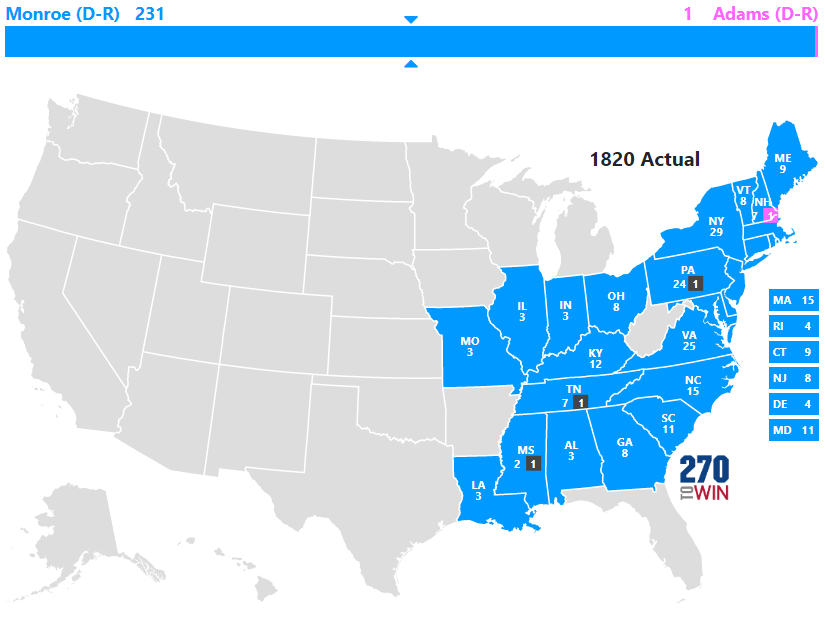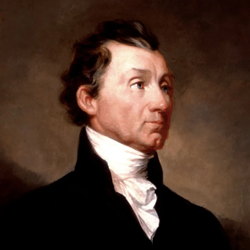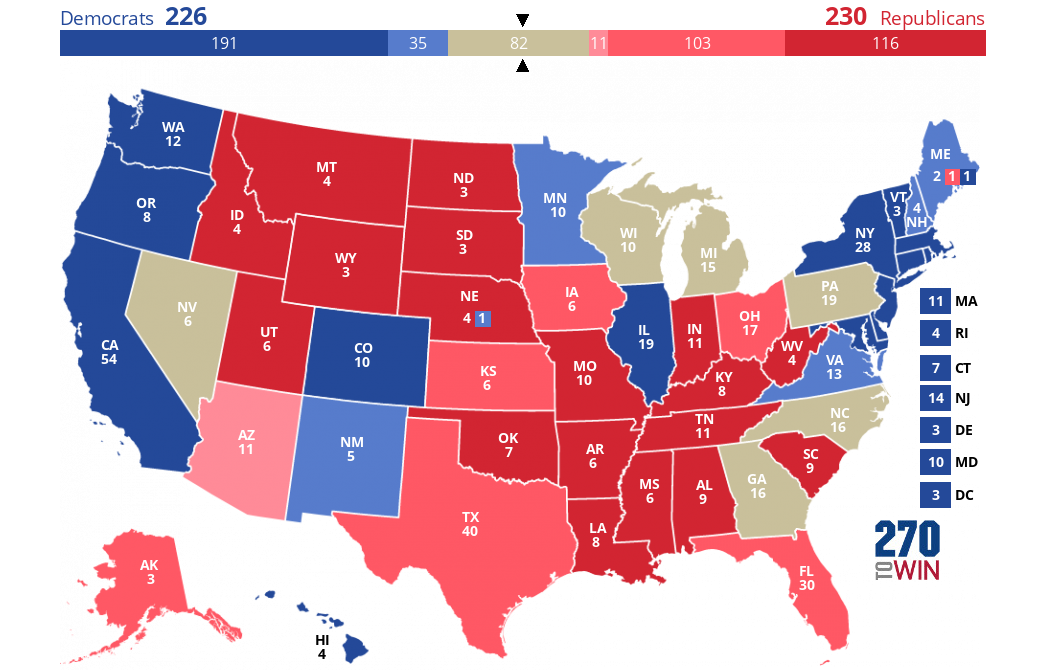1820 Presidential Election
The United States presidential election of 1820 was the third and last presidential election in United States history in which a candidate ran effectively unopposed. (The previous two were the presidential elections of 1789 and 1792, in which George Washington ran without serious opposition.) President James Monroe and Vice President Daniel D. Tompkins were re-elected without a serious campaign.
Despite the continuation of single party politics (known in this case as the Era of Good Feelings), serious issues emerged during the election in 1820. The nation had endured a widespread depression following the Panic of 1819 and the momentous issue of the extension of slavery into the territories was taking center stage. Nevertheless, James Monroe faced no opposition party or candidate in his reelection bid, although he did not receive all the electoral votes (see below).
Source: Wikipedia
1820 Election Results
| Candidate | Party | Electoral Votes | ||
|---|---|---|---|---|
| ✓ | James Monroe (I) | Democratic-Republican | 231 | |
| John Quincy Adams | Democratic-Republican | 1 | ||
| Other: See Election Facts Below | 3 |

1820 Election Facts
- Welcome: Alabama, Illinois, Maine, Mississippi and Missouri become states during this election cycle
- Monroe won every state; one Elector selected Adams so the result was not unanimous
- One Elector each from Mississippi, Pennsylvania and Tennessee died & those votes were not cast
- Monroe won New Hampshire; however one elector cast a vote for Adams
- Issues of the Day: Slavery (Missouri Compromise)


